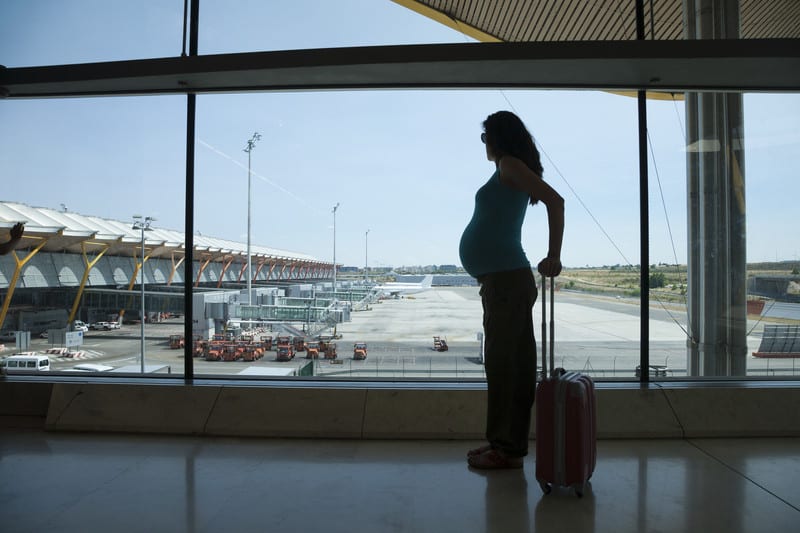
Restless Leg Syndrome and Varicose Veins
What is Restless Leg Syndrome
Restless leg syndrome (RLS), also called Willis-Ekbom disease (WED), is a common sleep-related movement disorder characterized by an unpleasant urge to move the legs. Symptoms often occur during periods of inactivity; particularly in the evenings. This urge to move is sometimes relieved by moving ones legs. During sleep, most patients’ limb movements, called periodic limb movements of sleep (PLMS), can wake the person from sleep. Common symptoms of restless leg include: need to move, a sensation of crawling, tingling, restless, leg cramping, leg pain, leg discomfort, and leg itching. (Similar terms have been used when patients describe symptoms associated with venous disease or varicose veins.)
Cause of Restless Leg Syndrome
The cause of restless legs syndrome remains poorly understood. Some studies have identified nervous system abnormalities in patients with the disorder. The most common conditions associated with RLS include: iron deficiency, renal failure, neuropathy, spinal cord issues, pregnancy, and multiple sclerosis. Antihistamines, antipsychotic medications, and many anti-nausea medications, and certain antidepressants can make symptoms of RLS worse.
Varicose Veins and Restless Leg Syndrome
The importance of discussing restless leg syndrome on a lower extremity vascular website is that there are conditions which mimic restless leg syndrome. Venous insufficiency, which mimics symptoms of restless leg syndrome, also exacerbates (worsens) symptoms of true RLS.
Treatment for Restless Leg Syndrome
Currently a curative treatment does not exist for restless leg syndrome. There are certain medications on the market intended to minimize or mask symptoms. However, if you have symptoms of night leg cramps, numbness, burning, leg fatigue, leg heaviness, and/or ankle swelling, you may have venous disease. Venous insufficiency is managed with in office procedures. Symptoms improve quickly after intervention, and the majority of activities can be resumed within hours.
The best way to rule out Venous Disease for Restless Leg Syndrome is to come in for an Ultrasound Exam and Consultation. If you find your discomfort is being caused by venous insufficiency, you'll be extremely glad that you did come in...if not....there's one more thing that can be ruled out!
DVT and Varicose Veins during Pregnancy Pregnancy is a risk factor for the development of a blood clots with an incidence that is 4 to 50 times higher compared to non-pregnant women. Increased risk for development of a blood clot is highest in the postpartum period, with the most common occurrence of clot formation in…
Read MoreDeep Vein Thrombosis and Travel Ready to enjoy some summer time travel? Make sure your trip is not shortened by a serious health concern. Small, cramped seating on an airplane, or sitting in a car for a prolonged period of time, may be more of a problem that just causing discomfort. Inactivity in a confined…
Read MoreIn the second of this educational video series, Jilanne Rose talks about the pain involved in various Varicose Vein Treatments. In some cases it’s negligible! Transcript The ease with which we can eliminate varicose veins depends solely on what type of underlying problems you have. That question can’t be easily answered until after a thorough…
Read MoreWhat is Restless Leg Syndrome Restless leg syndrome (RLS), also called Willis-Ekbom disease (WED), is a common sleep-related movement disorder characterized by an unpleasant urge to move the legs. Symptoms often occur during periods of inactivity; particularly in the evenings. This urge to move is sometimes relieved by moving ones legs. During sleep, most patients’…
Read MoreOur own Dr. Jilanne Rose answers questions on Varicose Veins, Spider Veins, Vein Treatments and Insurance Coverage for Vein Treatment in Arizona. Jilanne is a true Varicose Vein Specialist as she has years of education and has been trained by the top experts in the field. She has performed over 10,000 vein care procedures herself. This is one…
Read MoreRisks of Deep Vein Thrombosis Deep Vein Thrombosis (DVT), also referred to as Deep Venous Thrombosis, is a blood clot located within a deep vein, usually in the leg. A blood clot that breaks free and travels up to the heart or lungs is referred to as a Pulmonary Embolism (PE), which can stop blood…
Read MoreWhat Causes Spider Veins? For many people who suffer from spider veins, one of their biggest questions is “What causes spider veins?” Spider Veins, also known as telangiectasia, are small veins located just under the surface of the skin. Most often found on the leg, they can either be very small and hardly noticeable, or…
Read MoreAre varicose veins covered by insurance? The answer is YES, varicose vein treatment is covered by most commercial insurance carriers such as Blue Cross Blue Shield, Champus, Aetna, Cigna, Humana, Health Net, Tricare, UMR, and UnitedHealthCare to name a few. Medicare and AHCCCS will also cover treatment. Many people only try home treatment for varicose veins…
Read MoreAre all vein clinics created equal? No they are not! Med Spa – You can turn on the television or radio at any time of the day and hear countless advertisements for “quick” or “painless” vein treatments. Go to this clinic or that medspa, and they assure you that your legs will look great in no…
Read MoreAside from conservative therapies for vein insufficiency, when your symptoms get to the point that these no longer work, or you want a more permanent solution, there are several methods to treat vein disease. All of them, regardless of method, aim to improve circulation and minimize symptoms by eliminating the abnormal vein. These methods include…
Read More



